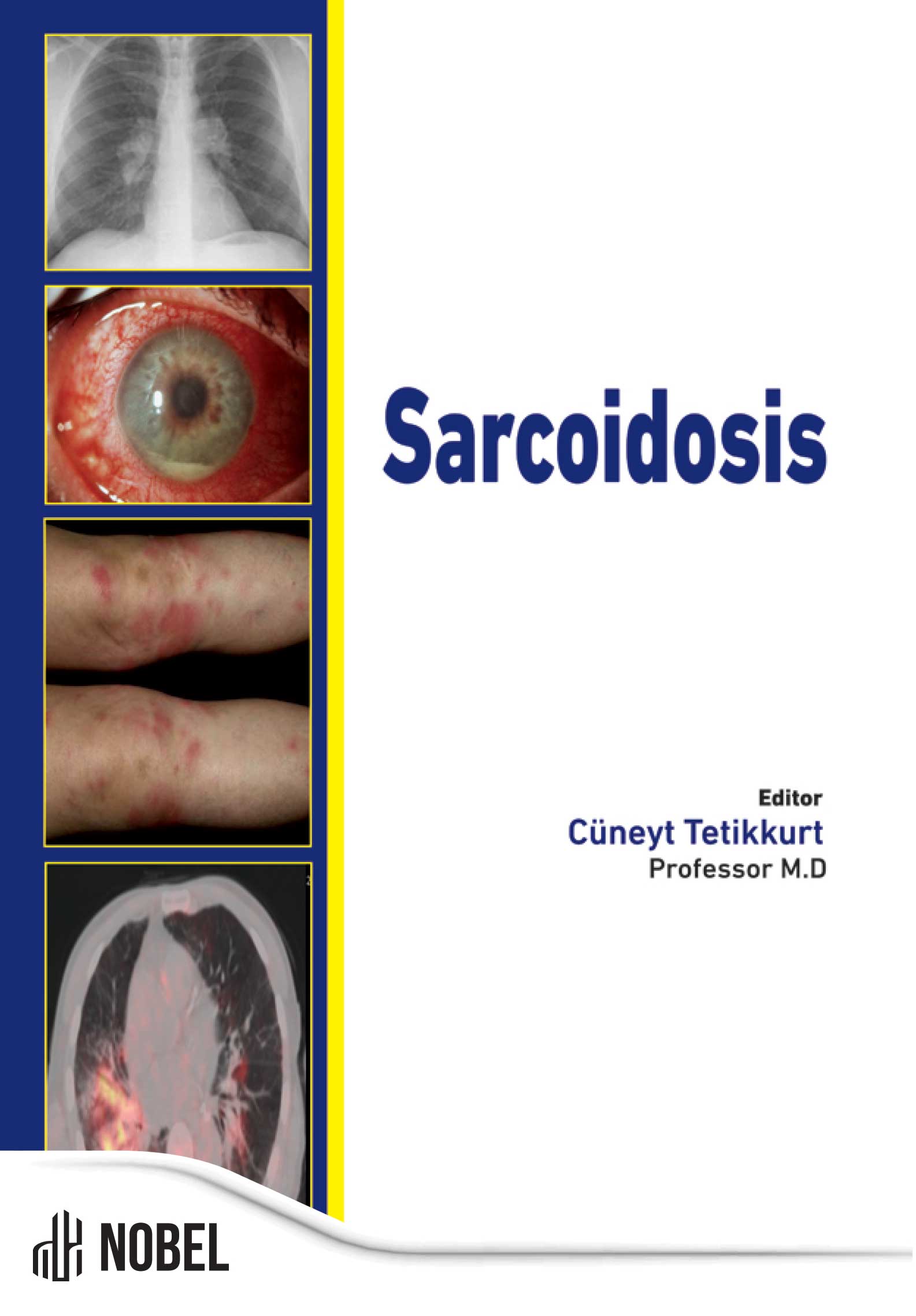Sarcoidosis Pathology
Seza Tetikkurt (Author), Cuneyt Tetikkurt (Author)
Release Date: 2023-12-28
The pathology of sarcoidosis offers critical insights into the structural and cellular changes that define this enigmatic disease. This chapter explores the characteristic features observed in affected tissues, emphasizing the formation of granulomas—organized clusters of immune cells—as a hallmark pathological finding. These granulomas can affect virtually any organ, with the lungs and lymph nodes being [...]

